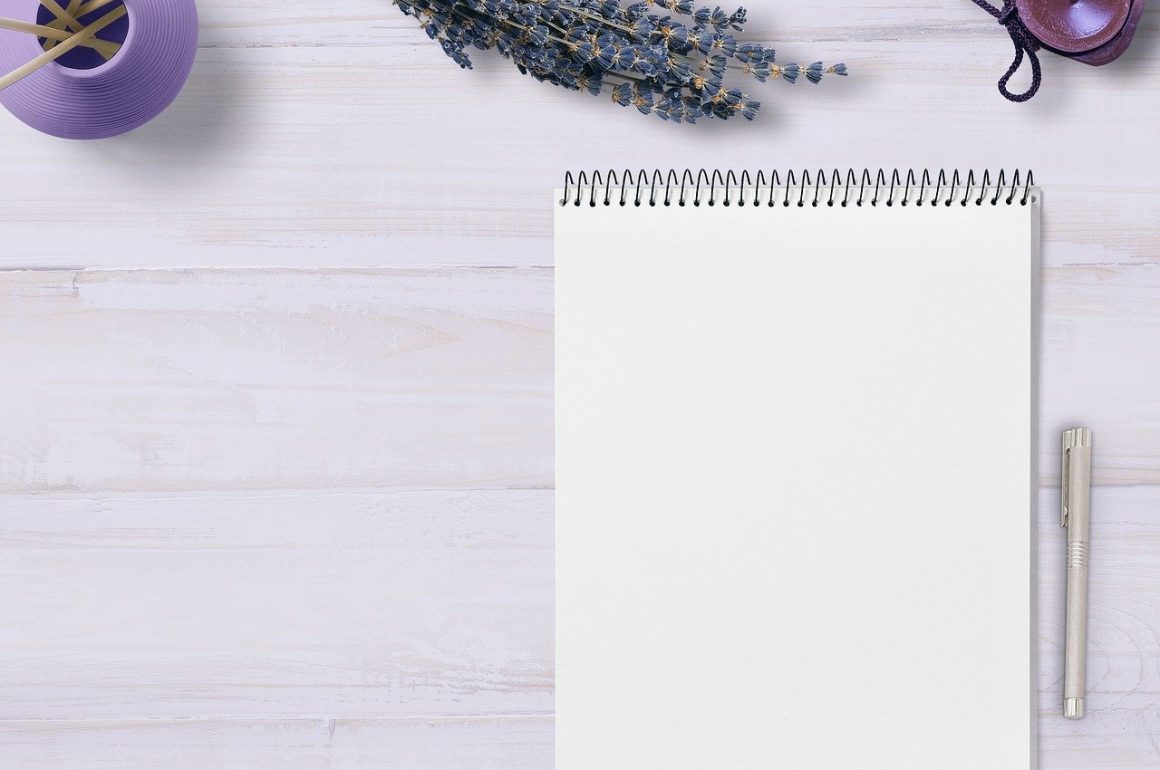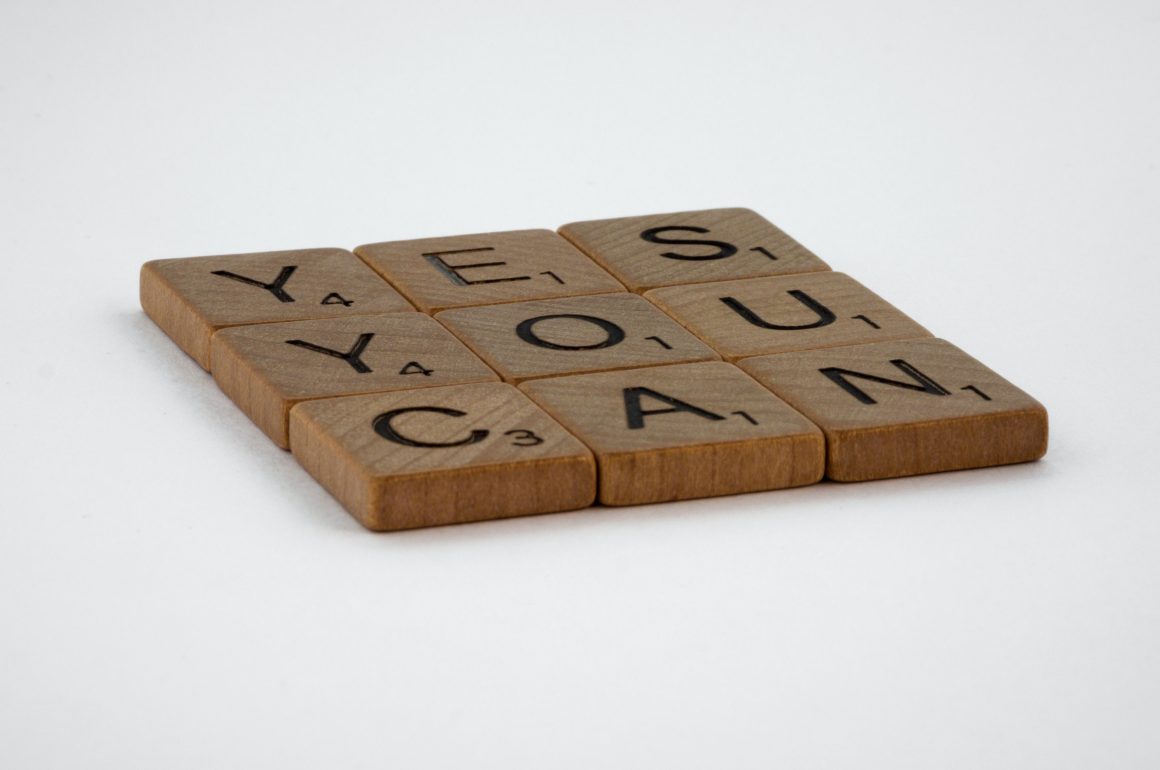With 78% of Program Directors ranking the Personal Statement as one of the most important factors in considering applicants for interviews, it’s no wonder that composing this document can be a demanding and stressful experience. In this blog, we’ll break down the Personal Statement from start to finish to help you get started writing. Don’t let confusion about how this document should be written stand in your way of writing, or even worse, lead you into the dreaded writer’s block!
Writer’s Tip: The only way out of writer’s block is to write – it doesn’t really matter if the words are any good, just start typing!
What IS the Personal Statement (and what ISN’T it)?
The Personal Statement is a professional document, much like a cover letter for a resume. Its purpose is to go beyond the content listed in your CV. You should expand on the most important/relevant experiences you’ve had and share some personal details about your background that don’t fit into the CV.
Program Directors reading your Personal Statement want to know:
- Why you love the specialty you’re applying to
- How your strengths, experiences, and background align with the specialty
- How you will be an asset to the program
- Enough about who you are/your personality to determine if you’re a good fit for their program’s culture
If you can convey answers to those items in the recommended 750-800 words, you’ve put together a strong statement.
The Personal Statement is NOT meant to be a creative writing piece with lots of dialogue and dramatic details. Is it okay to include some meaningful or impactful dialogue? Definitely! Can you share an emotional experience using colorful words? Absolutely! But you should do so with careful consideration of the purpose of such elements and how they fit into the overarching purpose of the document. Dialogue and drama should not dominate the entire Personal Statement. They should be used sparingly (this is how they have the most impact anyway). When using these elements, it is crucial not to be cliché or to go overboard.
The Personal Statement is NOT a five-paragraph themed essay (like the ones you wrote in college). There is no need for a formal thesis statement and you can definitely have less or more than five paragraphs!
Writer’s Tip: Paragraphs should be of varied length (and never more than 10 lines, which often leads readers to skim). This makes the document more appealing to your readers. The same goes for sentences. Most people tend to write sentences of the same length, but a document flows better when it contains very short sentences, medium sentences, and long, compound sentences. Just like the ones in this paragraph!
The Personal Statement from Start to Finish
Introduction
Like any good piece of writing, the introduction will capture your reader’s attention and make them want to keep reading. Most online sources will give similar suggestions for achieving this goal: Start with a shocking statistic! Open with a famous quote! Begin with a dramatic element that will keep your reader guessing until they reach the end! These strategies don’t work for the personal statement.
Here’s why:
Program Directors are not your typical reader. They are not likely to be reading for entertainment. They are likely to be reading with a purpose in mind: to learn about you. This means your introduction should be all about you. Whether you choose to open with a story about your childhood or teen years, an experience during rotations, or the reason you chose to pursue medicine, aim to keep your reading thinking about you.
Your introduction should also:
- Open with a short to medium-length sentence (1 to 15 words; yes, a one-word sentence can work!)
- Explicitly state the specialty you’re applying to
- Not be longer than 8 lines (this could be 6 sentences or 16; it’s the visual length that matters, not the number of sentences)
Body Paragraphs
Each of your body paragraphs should be focused on one main theme, and that theme should be implied or clearly stated in the opening sentence of the paragraph. Trying to cram more than one main point into a paragraph just doesn’t work. Your reader will lose focus and get lost.
Transition Sentences
Transitions sentences are the first and last of each paragraph (with the exception of your opening line). For example, the last sentence of your first paragraph and the first sentence of your second paragraph are transition sentences. These two sentences should complement each other and connect in some way. This helps with the flow of the document and allows your reader to follow along with the content.
Overall Organization
While each paragraph is important in its own right, the overall organization and flow of the Personal Statement is key to ensuring it is read in its entirety. There are different organizational approaches:
- Chronological: in order of time
- Relevancy: most relevant topics first
- Significance: most important topics first
The right approach for you is the one that works with your content.
Writer’s Tip: When you sit down to write your Personal Statement (or anything for that matter), don’t force yourself to write the introduction first, and then the second paragraph, followed by the third, etc.. Write whatever feels easiest first, because writing leads to more writing. If you have lots of ideas about why you chose your specialty, get that paragraph going! If you know how you want to close the statement, write the ending first! Writing is a process, and good writing always involves revision, so don’t force an orderly approach. Embrace the chaos, and let your thoughts flow.
Purpose of the closing paragraph
Your final paragraph is likely what your readers are going to remember the most, so it’s important to end strong. This means you should not summarize your Personal Statement (the document is too short to necessitate that). Instead, you should confidently tell your readers why they should choose you:
- What do you bring to the table?
- How will you help the program shine?
- How are you different than other applicants?
Just like the introduction, this paragraph shouldn’t exceed 8 lines and should start, and end, with a short to medium-length sentence.
And there you have it – the Personal Statement from start to finish! We hope this blog has helped answer any questions you have about composing your Residency Personal Statement! If you’re considering professional help with drafting or editing your Personal Statement, visit Residency Statement’s website or email us at support@residencystatement.com.








